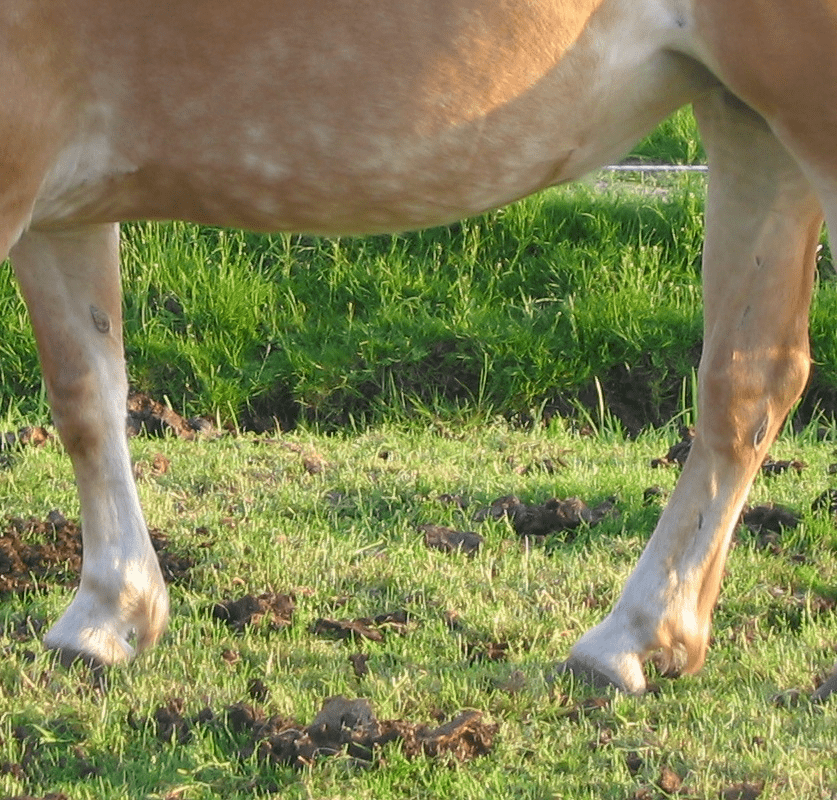Evolution has a funny way of leaving the residue of past adaptations in strange places on animals’ bodies, and chestnuts on horses’ legs are a fine example. Nobody’s quite sure what horse chestnuts exactly are, but they’re believed to be a remnant left behind from horses’ five-toed ancestors.
For a long time, it was believed that modern horses had one toe on each foot, having evolved down from five digits. However, 2018 research argued that the digit reduction had been overstated, and that actually all five digits remain partially present in the forelimbs of modern adult horses.
Whether you like your horses five-toed or one is your business, but we’re on a mission to make you painfully aware of the crusty nodule that sits a little further up horses’ legs. Say hello to the horse chestnut.

To the uninitiated, horse chestnuts look like crusty brown growths that can develop on the front and back legs of a horse. They can start off small and grow bigger in size, and eventually peel off without much resistance.
You might think it sort of sounds like a misplaced nail (which, by the way, a lot of seals have), but there are a few ideas as to what horse chestnuts once were. One idea is that they’re the vestigial remains of a scent gland that’s found in similar animals like deer. “Vestigial” is the name given to features that were once prominent but have fallen out of use in the course of evolution, like the human tailbone.
The good news is that while they may look a bit grim, horse chestnuts growing on legs aren’t a concern beyond cosmetics. They are benign growths that tend to fall off on their own. They are sometimes helped along by horse owners who may ease their removal with the application of oil and, according to some gross videos on TikTok, like to feed them to their dogs.
Horse chestnuts tend to sit above the knees and, depending on the horse variety, may be present on all four legs or just the front ones. According to Caribu, they were once called “night eyes” as it was once thought they helped horses to see when it was dark.
Ergots are another crusty mystery to be found on the legs of horses. These small calloused bumps are found on the underside of a horse’s fetlock (for the non-equine-inclined, that’s what you might assume to be the animal’s ankle, but is actually more comparable to the ball of a human’s foot), and are more common in horses with “feathers”. Before you run off thinking that Pegasus has been found, “feathers” on horses aren’t real feathers, it’s the name given to horses with cool 80s-style hairy flares for legs.
If you want feathers, look no further than the shiny and uniquely structured plumes of the world’s most dangerous bird.
Source Link: Horses Have A Crusty Remnant Of Evolution Stuck To Their Legs